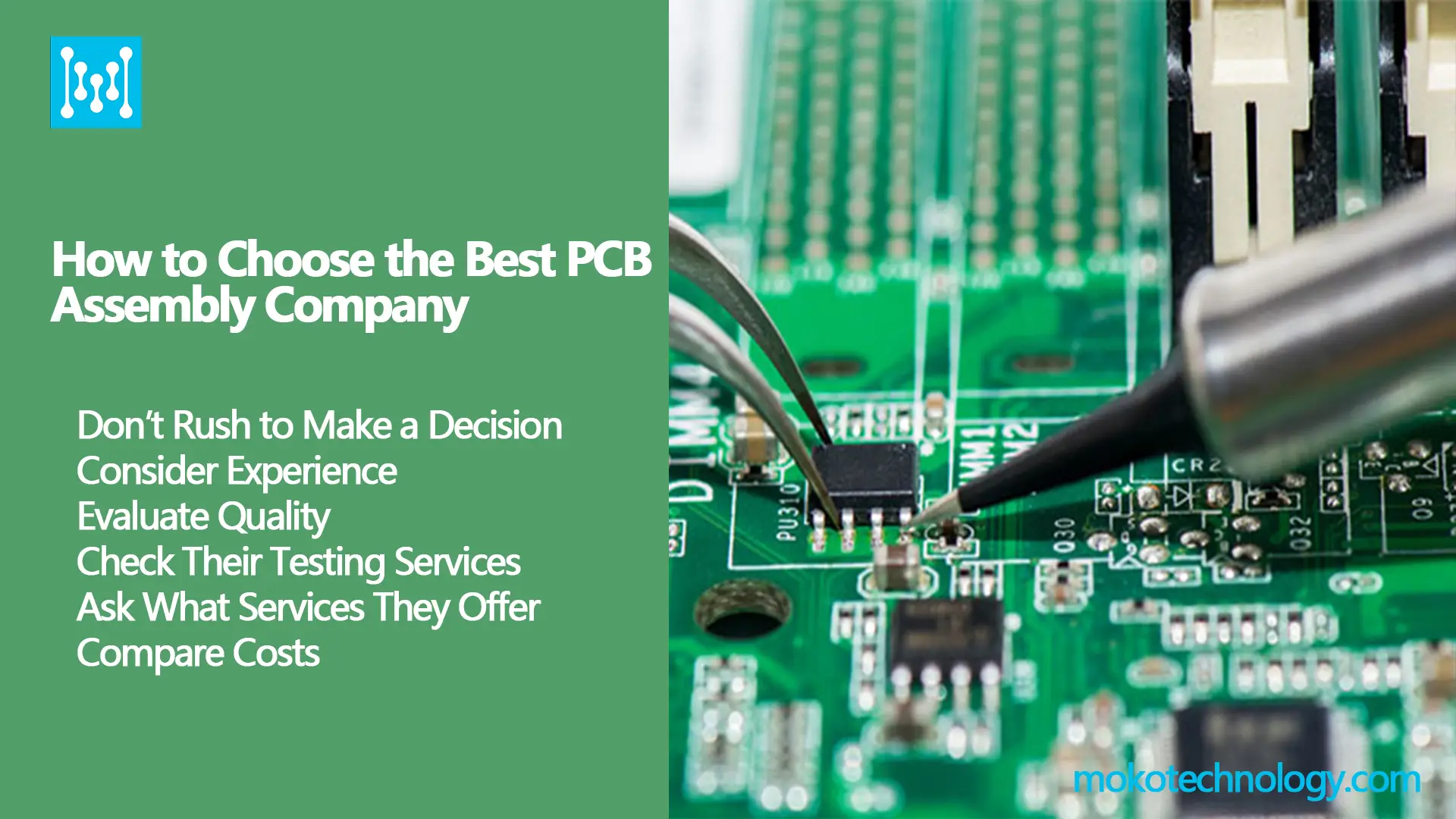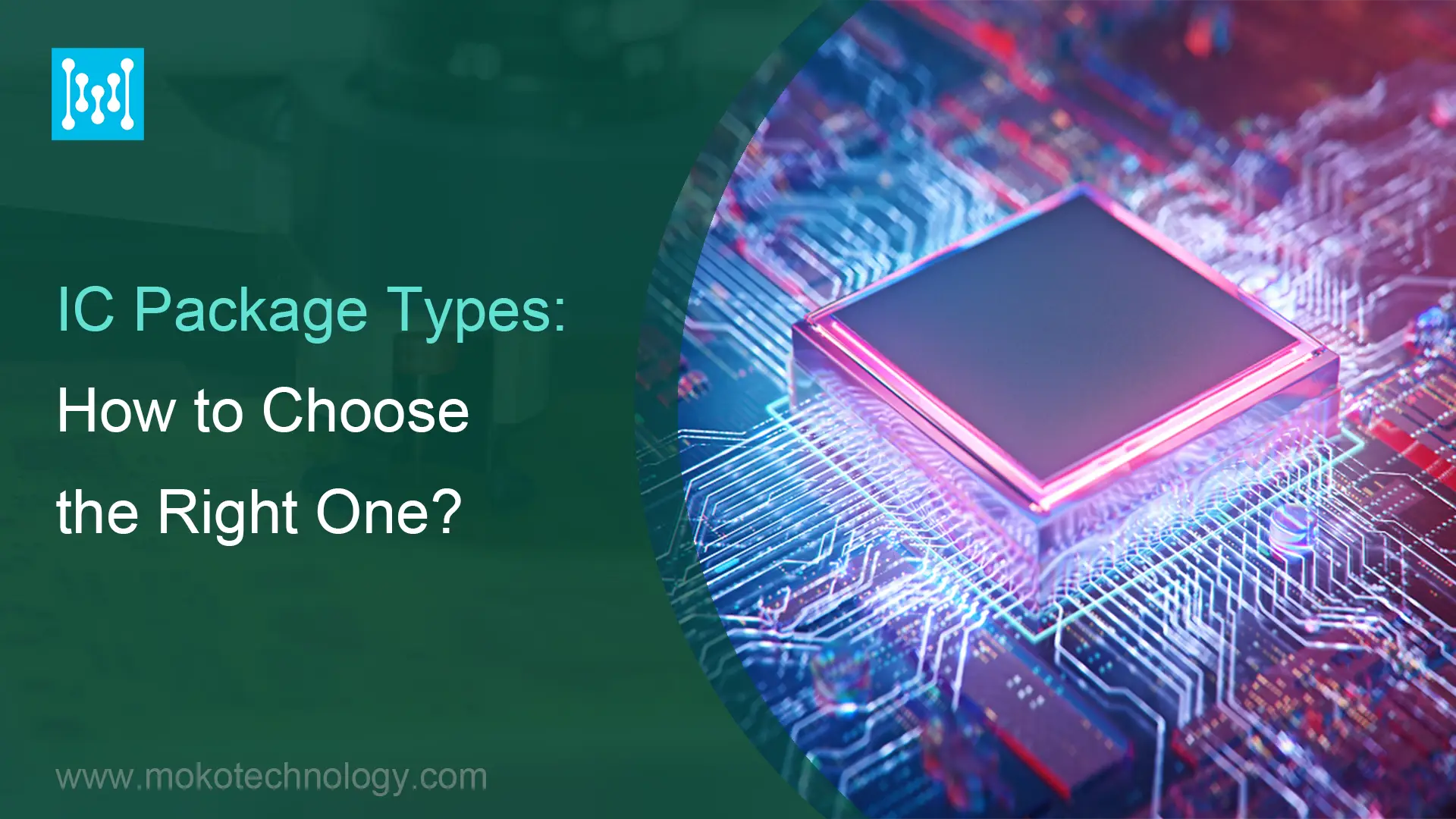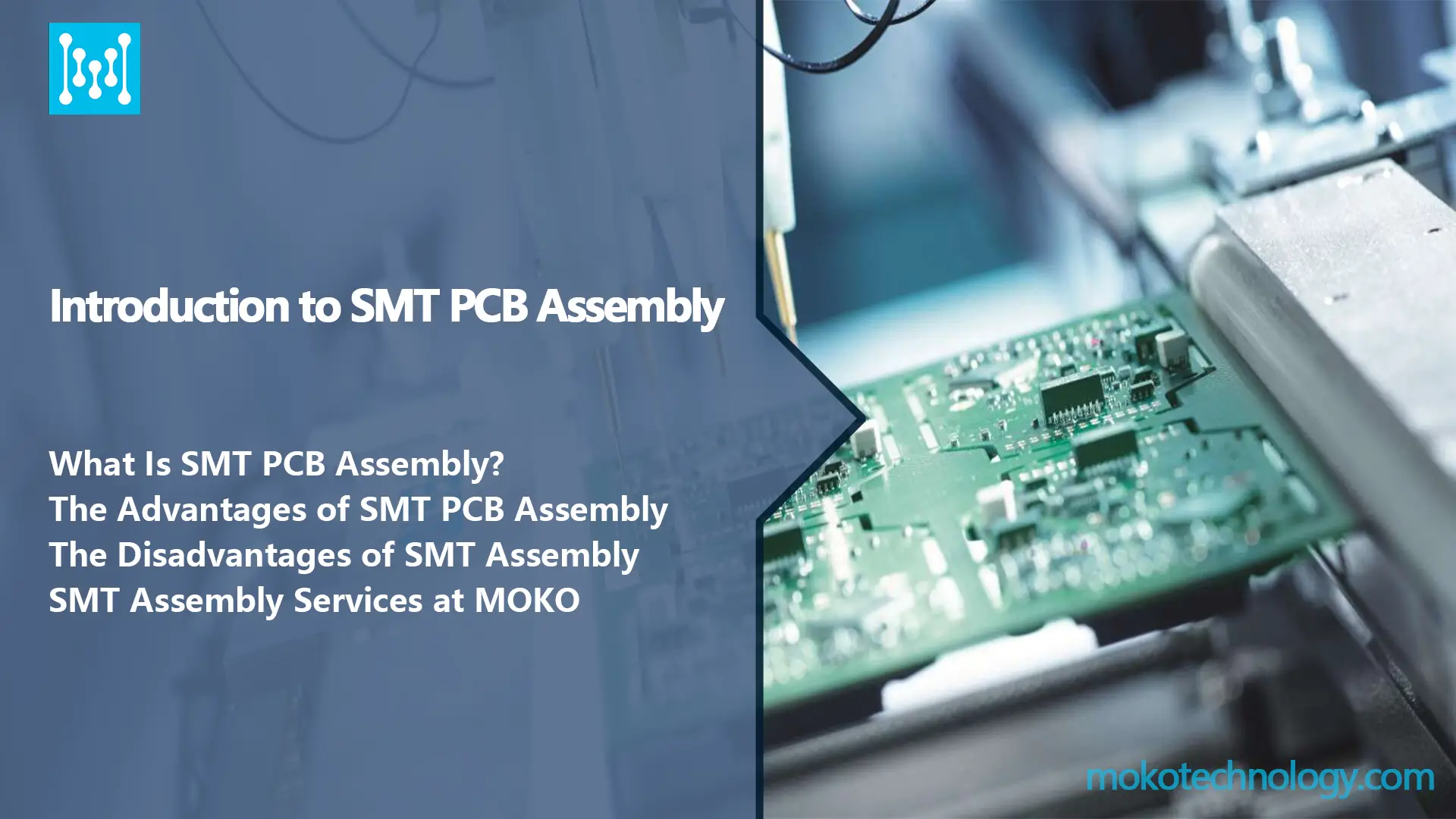- Use a fiberglass brush pencil.
- Or try a small brass wire brush before practicing on a scrap board first. It would be best to get control of the brush by chucking it in a drill press (or mill if you have one) and use a heavy solid block of material (a cast iron angle bracket if you have one) and double-face tape the board to the angle bracket.
- Certain more aggressive flux removerswill, with sufficient time and agitation, also remove the solder mask. If very thin traces are involved, this might be safer than using a fiberglass or brass brush.
Read More: BGA PCB Assembly
#PCB Assembly



